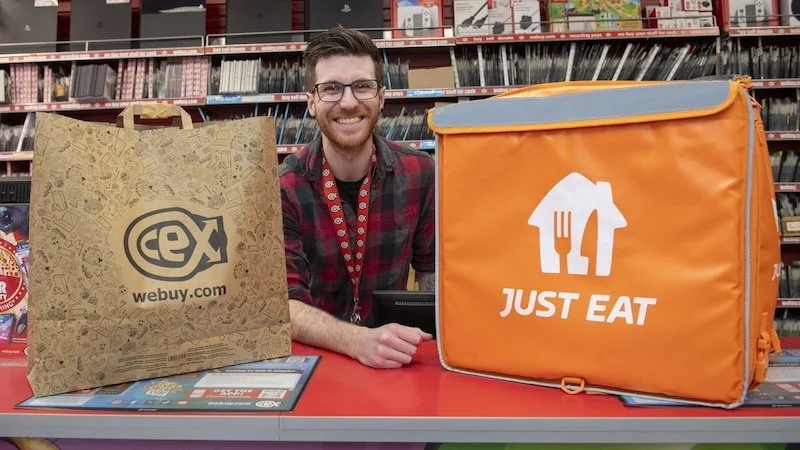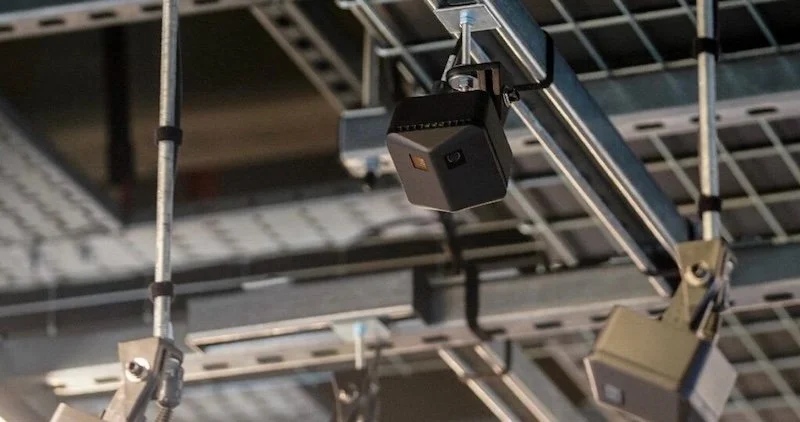TDC 2025: Roundtable featuring Uber Direct discusses impact of tech on supply chains and consumers
“The power is with consumers now,” said Mia Yamaguchi, Retail Development Lead at Uber Direct during a roundtable debate in London this week about how technology is changing behaviours and delivery processes in the retail sector.
Held at the end of The Delivery Conference (TDC) 2025 in the press room and hosted online, the exclusive roundtable focused on the tech journey the sector has been on since the millennium and what lies ahead.
Once upon a time retailers put stock in a store, ran inventories, marketing and logistics, and told consumers what was hip, in terms of food, clothes or whatever their segment was, while only offering them limited access to buy goods or services within defined in-store hours - not to mention a restricted ability to interact with the brand. That is so last century now that e-commerce, Big Data, AI and other such technology trends have boomed.
According to fellow roundtable participant, Richard Lim, CEO at Retail Economics, the last quarter of a century has seen the industry progress from shops to a multi-channel environment that has incorporated or led with online e-commerce offerings, before accepting we’re now in an omnichannel era. “Smartphones and apps have led the latter development (and a need to integrate better with remaining physical stores).”
“We’re moving towards unified commerce now,” added Lim, citing the examples of social commerce on TikTok as the future direction of travel, plus the rise of digital marketplaces, such as Shein, which are all joining the mix. It’s a mix that needs integrating by properly aligning people, processes and technology in a unified whole.
The dropshipping order fulfilment methodology where an e-commerce operator doesn’t hold any inventory but instead contracts with a third-party supplier to fulfil the needs and orders of its customers on its platform, as with Temu, was also debated at the roundtable.
“Consumers decide what is in and out now - and how they want to interact with brands, get deliveries and so on,” said Yamaguchi. “It’s a much more democratised and diversified industry now than it was last century (under the impact of ever evolving technology and the resultant business and societal changes it has wrought).”
She also cautioned the small gathering of journalists and industry participants that customer expectations are now much higher. “Only retailers that are ahead of the curve will win market share,” added Yamaguchi, while stressing that “disappointing customers will lead to attrition.”
Uber Direct, which operates on the delivery side of the business and fits under the Uber Eats umbrella, of course has a useful ratings, review, and feedback loop, which drives quality, safety and good experiences, built into its everyday operations.
“Social media and apps are good for this,” said Yamaguchi, while explaining how its digital marketplace works and extolling the “low capex” needed to onboard different restaurants and smaller companies on to its platform, which can then amplify the efforts of the small to mid-sized companies that are part of its community – all while helping them fulfil their delivery promises to the end users.
“I see that Tesco in the UK is running its own digital marketplace now taking advantage of the low capex as great way to experiment,” noted Yamaguchi, as an example of how these trends are impacting large mainstream retail players – in this case a huge UK supermarket.
Future trends
In the future retail operations and logistics will be much more like how it is in China, according to Yamaguchi, who insisted inventory should be much closer to the store or the customer in future, with drop shipping methods deployed and much better data-centric operations in the supply chain and on the customer facing end of the business becoming much more common.
“We won’t all have giant warehouses in the midlands of the UK in future [where its location aids deliveries],” she said. The factory to the customer market is a real emerging trend and not just for small-scale direct-to-consumer (D2C) players either. Their methods could be copied by the mainstream as well to streamline and cut the cost of their warehouse estates. Less movements would be better for sustainability as well.
Augmented reality (AR), virtuality, shelf-edge technology and AI will all help to drive a further merging of digital and physical businesses in future. One roundtable participant admitted that he’d recently bought a new Wren kitchen after seeing how it could look in his house on an AR headset.
This isn’t to ignore the lessons of the past, however, or the primary need for retailers to always think about quality, price, experiences and customer service as the key perennial drivers of their business.
Indeed, Albert Ko, CEO at Auctane, a vendor and participant at the London roundtable, as well as a resident in Silicon Valley in the US, reminded the audience that Jeff Bezos when he started Amazon “had a maniacal focus on three things”.
Cheapest price
Fastest delivery
Greatest selection.
It is fair to say that Bezos’ “maniacal focus” on these ever present retail fundamentals has met with success. However you use technology, it is always worth keeping in mind how it aligns with people and processes and being aware of the network benefits that deeper integration can bring.
As an example, Ko joked about how hyper personalisation techniques has led to him recently only getting adverts on his smartphone for clothes modelled by an Asian man, such as himself, which he admitted does help sales.
“I’ve also been impressed by stores in the Middle East where TikTok live streams are either shown on big TV screens or indeed hosted from the venue itself, in order to encourage the sense of ‘event shopping’(as part of their marketing),” added Ko, while extolling the virtues of such embedded omnichannel and unified business practices.































Continue reading…